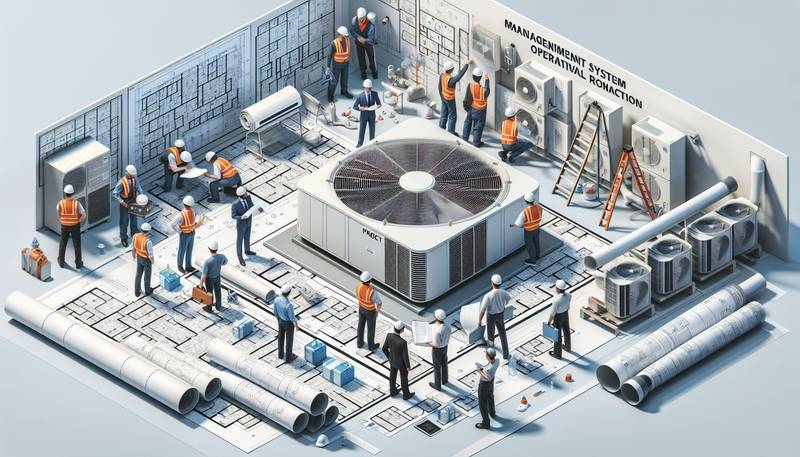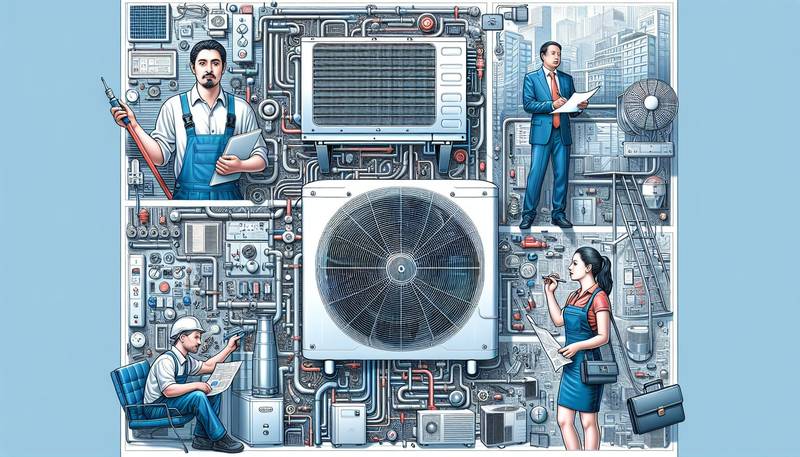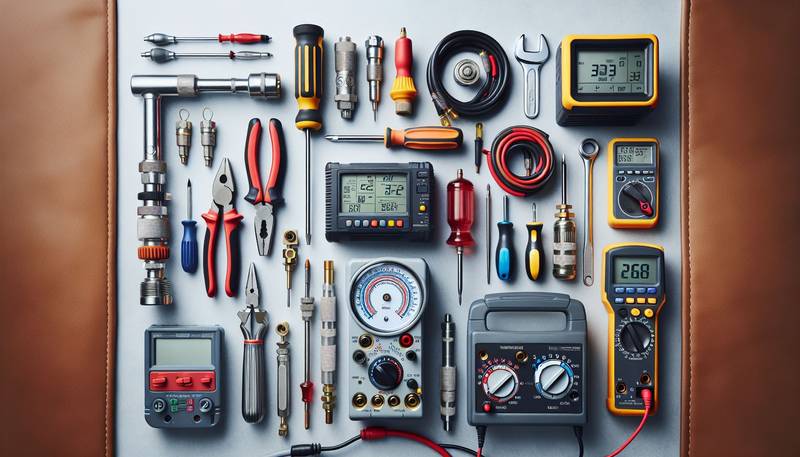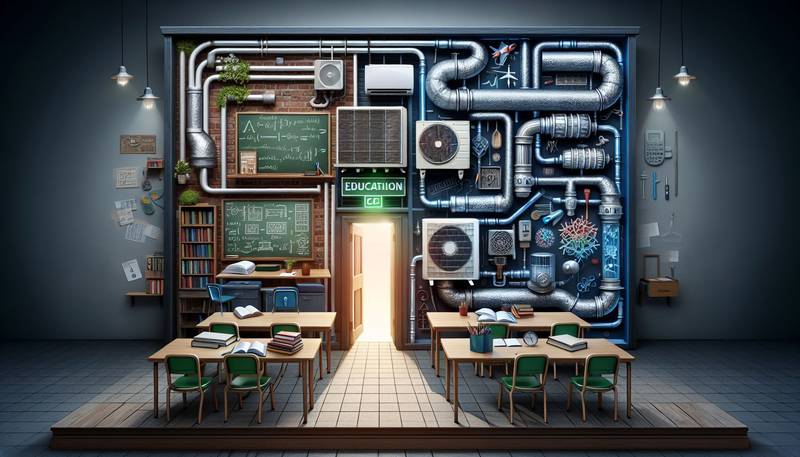Project Cool: Managing Air Conditioning Installations
Project managers must ensure that installations are completed efficiently and effectively to meet the needs of the building occupants while staying within budget and schedule constraints.
Planning and Preparation
Before beginning an air conditioning installation project, thorough planning and preparation are essential. This includes conducting a detailed assessment of the building's cooling requirements, considering factors such as the size of the space, insulation levels, and the number of occupants. It is also crucial to consider any existing HVAC systems in place and determine whether upgrades or replacements are necessary.
Additionally, project managers must develop a comprehensive project plan that outlines the scope of work, budget, timeline, and resources required for the installation. This plan should also include a risk assessment to identify potential challenges and develop strategies for mitigating them. By taking the time to plan and prepare thoroughly, project managers can set their projects up for success from the start.
Procurement and Selection of Equipment
Once the planning stage is complete, project managers must procure the necessary equipment for the air conditioning installation. This includes selecting the appropriate HVAC units, ductwork, thermostats, and other components needed to create a functional cooling system. It is essential to consider factors such as energy efficiency, cost, and reliability when choosing equipment to ensure that the installation meets the building's cooling needs while staying within budget constraints.
When selecting equipment, project managers should also consider the reputation of the manufacturer, warranty options, and compatibility with existing systems. Procuring high-quality equipment will not only ensure the longevity of the cooling system but also reduce the risk of breakdowns and maintenance issues in the future.
Implementation and Execution
With the equipment procured and the project plan in place, project managers can begin the implementation phase of the air conditioning installation. This involves coordinating with contractors and technicians to ensure that the equipment is installed correctly and according to the project timeline. Regular communication with the installation team is essential to address any issues or challenges that arise during the installation process.
Project managers must also conduct regular site inspections to monitor progress and ensure that the installation meets quality standards. This includes checking for proper insulation, ductwork installation, and system calibration to ensure that the cooling system functions efficiently and effectively. By closely monitoring the implementation process, project managers can identify and address any potential issues before they escalate.
Testing and Commissioning
After the installation is complete, project managers must conduct thorough testing and commissioning to ensure that the air conditioning system operates as intended. This includes checking for leaks, testing airflow and temperature control, and calibrating the system to meet the building's cooling requirements. It is also essential to provide training to building occupants on how to use the new cooling system effectively and efficiently.
During the testing and commissioning phase, project managers should also document all testing procedures, results, and system specifications for future reference. This information will be valuable for maintenance purposes and can help troubleshoot any issues that may arise in the future. By conducting comprehensive testing and commissioning, project managers can ensure that the air conditioning installation meets the needs of the building occupants and operates reliably for years to come.
Conclusion
Managing air conditioning installations requires careful planning, procurement, implementation, and testing to ensure that the cooling system meets the needs of the building occupants effectively and efficiently. By following these steps and closely monitoring the installation process, project managers can successfully complete air conditioning projects within budget and schedule constraints while providing occupants with a comfortable living or working environment.










